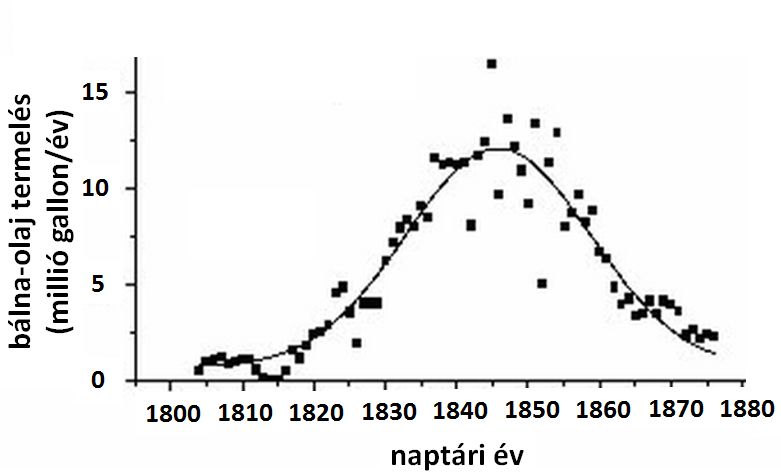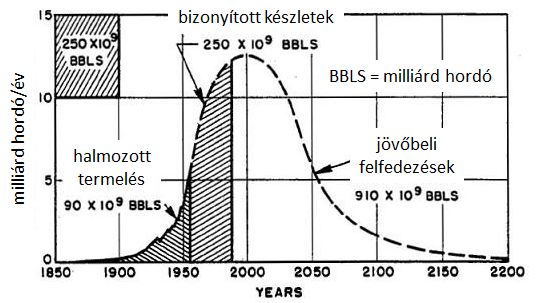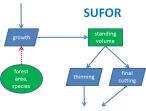installation
and References
SUFOR
version 1.0
Scenarios
THE PROBLEM OF SUSTAINABILITY
Sustainability is a strange concept that is defined in many ways. However, a simple definition is that recources that are needed for our life can only be used in the long term at a rate that is either small relative to the amount available, or that can be renewed, and we can only deposit waste at amounts that cen ba taken up by our environment. In other words, a state or process, e.g. climate and its change, the use of a pension fund, food production or the use of oil, is sustainable due to our use only if the changes due to our use are offset by other processes. Such offsetting occurs when paying out from the pension fund is offset by the amount of the paying in the fund.
WHEN PROCESSES ARE UNSUSTAINABLE
We live in a finite world, which also means that there are limits to all stocks and processes that we rely on. One good example for that is oil. Developed countries first exploited whale oil and not crude oil to produce energy (for lighting). Therefore, it was firs whale oil that was exploited to the extent that the source, i.e. whales, almost went extinct due to the needs that developed in an exponential way and the highly developed oceanographic and whailing technologies.

Whale oil production by the United States in the 19th century.
This process was influenced by the start of the exploitation of crude oil in Pennsylvania in 1861. However, less than a century later geologist M. King Hubbert published a similar graph that was based on factual data regarding the exponentially increasing part of the curve. The rest was forcasted by Hubbert. Hubbert projected that the exploitation of crude oil in the United States will reach its peak in the 1970's and will decline afterwards.

The original figure by Hubbert, where the arrows on the right hand side show the declined of the available stocks and, therefore, the decline of the possible exploitation.
"Naturally", no one believed Hubbert. However, the facts later gave proof to Hubbert:

Oil production and the stocks discovered in the 48 central states of the USA.
The figures above demonstrate patterns that can be generalized. Production indeed result in the reduction of oil stocks, and as in the case of oil the processes that increase the stocks is very slow, further oil production will further decrease the stocks in future, too.
SUSTAINABILITY DEPENDS ON US
In other cases processes of producing new stocks are large enough to offset depletion. This is the case of forests where, due to photosynthesis, new wood is produced each year. If the amount of wood that is harvested is smaller than the amount that is produced, then the standing stock does not decline, therefore, harvesting is sustainable.
Depending on the processes involved, human activities may affect both natural production or its replacement by direct human activities. In case of forests, e.g., the amount of harvests can be increased or decreased, but the amound of wood produced by the forest can also be affected by increasing the forest area (i.e., afforestation) or decreasing it (i.e., deforestation). The increment can also change due to changing species composition, and can be decreased by eroding forest soils.
In order that both stocks and processes of productions can be maintained, we need to do the following:
- we have to understand how the systems under our influence function (be they economic-financial systems such as budgets of governments or pension funds, or natural-economic systems such as wood production and harvesting;
- we have to monitor processes that are crucial with respect to the functioning of the entire system (e.g. how much our income and costs, how much wood is produced and harvested etc.);
- both yields and costs must be monitored (such a cost in case of forestry is forest regeneration);
- it must be analysed if sustainability, i.e. the balance of all processes, is maintained (e.g. if harvests are not larger than increment);
- and in case relevant processes are imbalanced, we have to modify human activities, even if it is inconvenient.
All this is not easy, but is less complex than it seems. What seems sure is that, in the long run, the costs of running such a control of sustainability is cheaper than the costs of overshoots. Forests are very good examples for this, too.
THE COSTS OF UNSUSTAINABLE MANAGEMENT
The SUFOR model can be used to simulate how much wood can be harvested from a forests without reducing standing volume, and the capacity of the forest to produce wood that can be harvested either by us or by subsequent generations. Such an analysis is especially motivated by the current overshoot on Earth, which is that the human population requires more products and services from the Earth that it can produce. This high rate of using the Earth can be demonstrated by the ecological footprint:
source: Ecological Footprint Atlas, 2010 
This time series of footprints are built in SUFOR, so one can analyse what happens to a forest that is managed using such footprints. The model can also be used to simulate the effects of other types of management. The effects of the main types are shown in the Examples for sustainable and unsustainable systems page.
This webpage was last modified by Zoltan Somogyi 18 June 2012.
